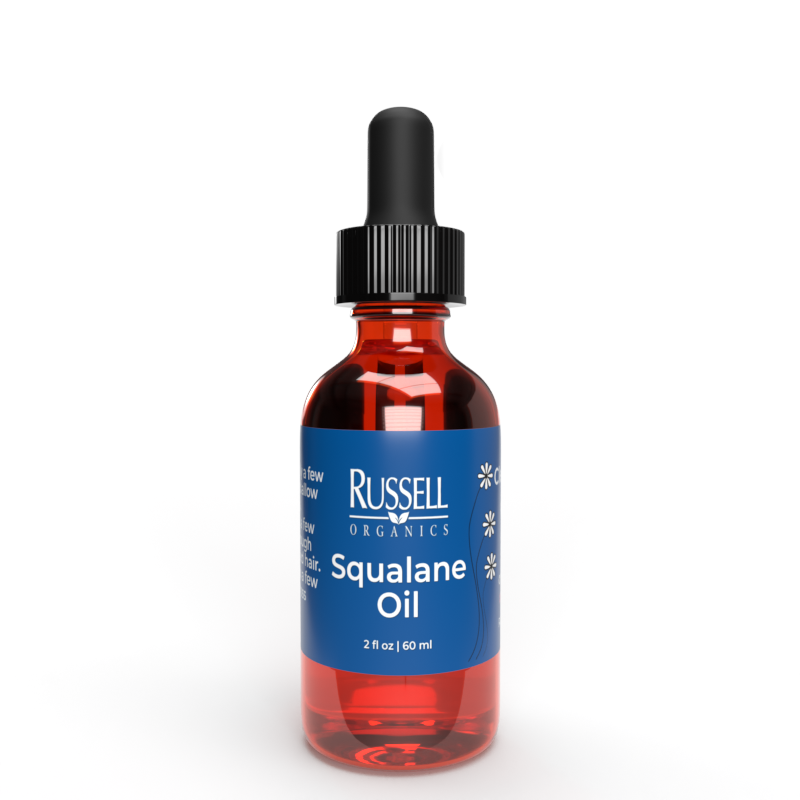The Ultimate Guide to Squalane Oil and Its Skincare Benefits
The Ultimate Guide to Squalane Oil and Its Skincare Benefits
Blog Article

Squalane oil has secured a important place in the skincare market, celebrated for its power to nourish, protect, and renew the skin. Derived from squalene, a lipid naturally produced in human skin cells, squalane oil is a stabilized version of squalene, offering enhanced stability. That said, not all squalane oil is the same. Its source plays a crucial role in determining its ethics and environmental impact.
Where Squalane Oil Comes From
Squalane oil can be sourced from two major sources: animal-based and vegetable-sourced materials. The decision between these categories carries significant ethical implications.
The Controversy of Animal-Based Squalane Oil
In the past, squalane oil was commonly extracted from shark-derived squalene. Sharks are known to be repository of squalene, which is converted into squalane oil. Unfortunately, this method has severe ethical problems. Millions of sharks are harvested on a massive scale for their livers, contributing to the depletion of shark populations and damaging marine ecosystems. Moreover, the methods used are highly unethical and raise global concerns.
The Rise of Plant-Based Squalane Oil
In contrast, vegetable-based squalane oil is a more responsible and eco-friendly alternative. It is produced from plants, avoiding reliance on animal harvesting. This approach ensures humane sourcing but also results in a high-quality product for skincare routines.
Two Key Sources of Botanical Squalane Oil
Among vegetable-sourced squalane oils, a pair of categories stand out: squalane oil from olives and sugarcane-based squalane oil. While these two offer vegan options, their sustainability varies greatly.
Olive Squalane: A Superior Choice
Olive-derived squalane oil is viewed as better for environmental considerations. Olives are a renewable resource that generate fewer emissions. On top of that, olive squalane oil linoleic acid percentage squalane oil offers equally excellent hydrating and skin-rejuvenating qualities as squalane oil from sugarcane.
Why Sugarcane Squalane Oil Falls Short
On the other hand, sugarcane-derived squalane oil is linked to substantial issues. Sugarcane production uses large quantities of water and often causes waste. Thus, it is unsustainable than squalane oil from olives.
Squalane Oil: A Skin Savior
Squalane oil offers a plethora of benefits for all skin types. Here’s why it stands out in skincare:
Intense Moisture: Squalane oil absorbs efficiently into the skin, providing long-lasting hydration without causing breakouts.
Perfect for Combination Skin: Its lightweight texture makes it suitable for those with combination skin.
Reduces Fine Lines: Rich in antioxidants, squalane oil helps to combat the appearance of wrinkles and fine lines while protecting against free radicals.
Calming for Irritated Skin: Its natural formulation soothes sensitivity, making it ideal for reactive skin.
Final Thoughts
Whether you have dry, combination skin, squalane oil delivers incredible results. By choosing ethical options, most notably olive-derived squalane oil, you not only prioritize ethical practices but also give your complexion a highly effective solutions available.
Report this page